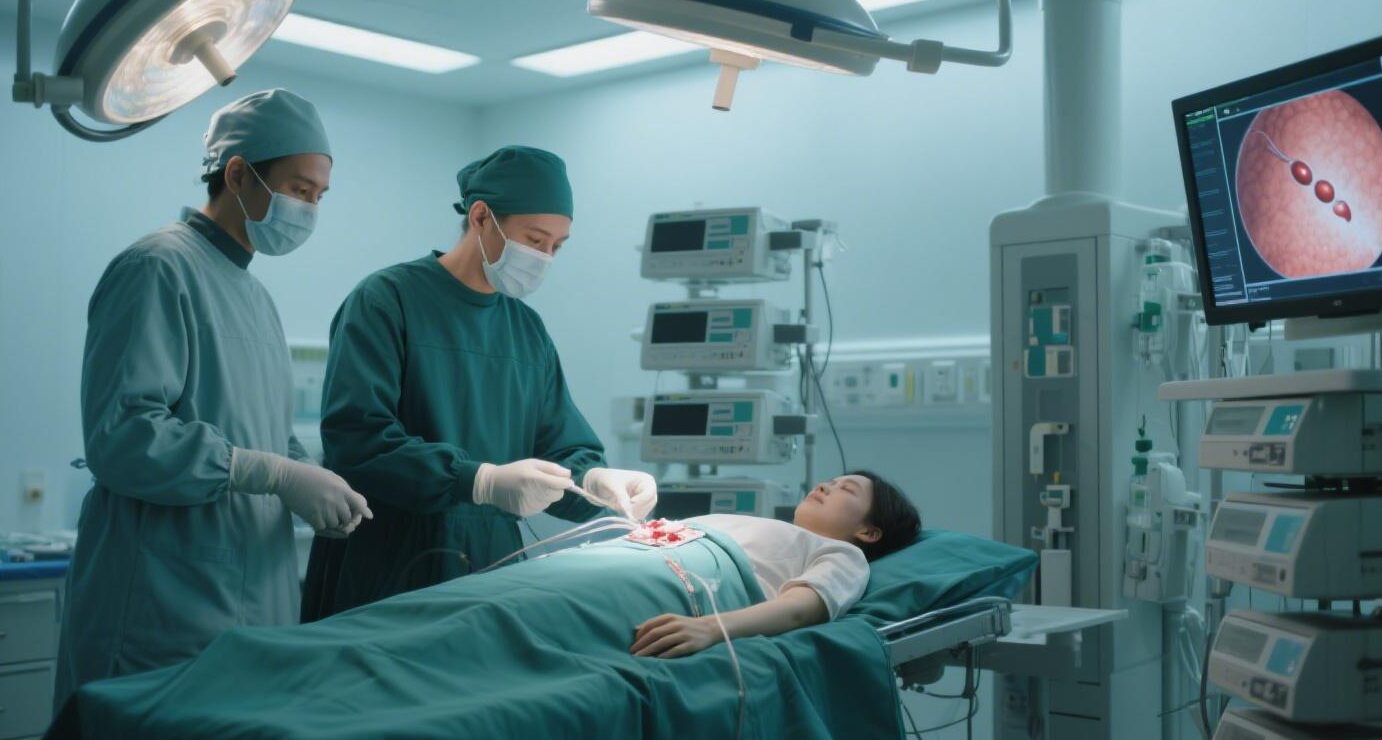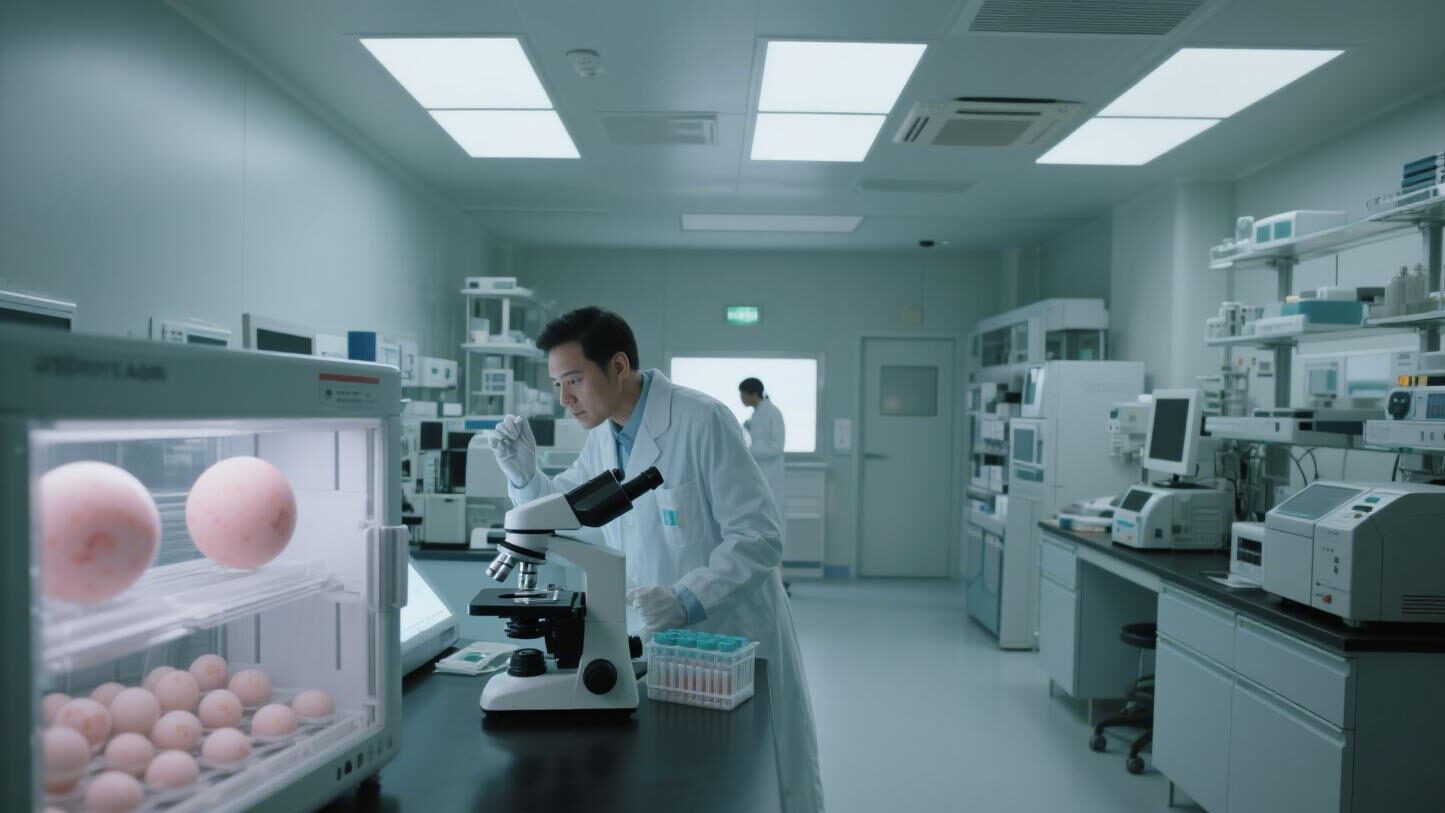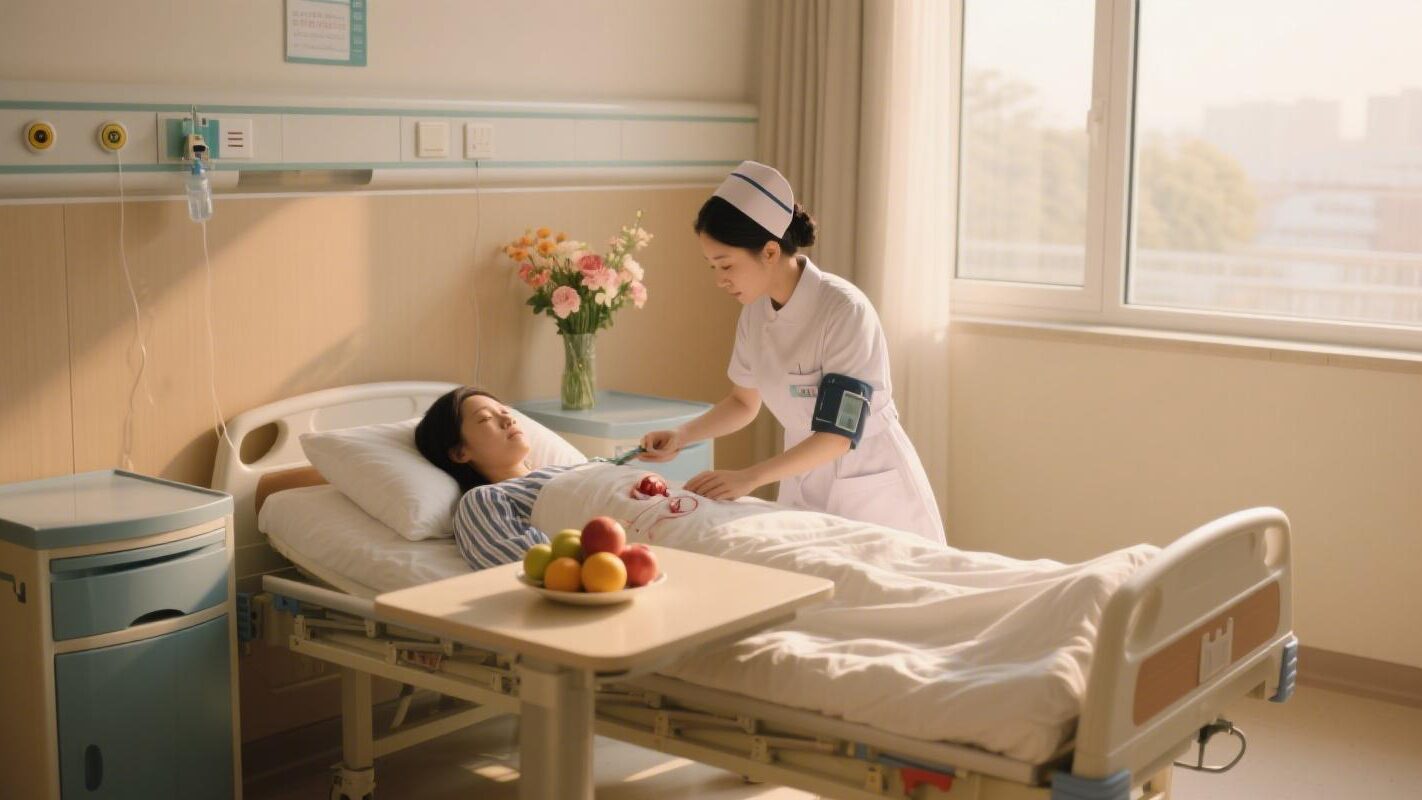The optimal range for egg retrieval in IVF: 8–15 eggs yield the highest live birth rate
When 38-year-old Emma learned that her first round of ovarian stimulation yielded only six eggs, she was nearly devastated. However, her reproductive specialist, Jennifer Lee, presented her with a data report: “Among these six eggs, three are rated as high-quality—this potential surpasses that of 20 average-quality eggs.”

In the field of IVF, a deeply ingrained misconception has persisted for years: the more eggs retrieved, the higher the success rate. However, a multi-center study published in 2025 in *Frontiers in Reproductive Medicine* revealed that the optimal range for IVF egg retrieval is 8–15 eggs, which represents the peak live birth rate. Retrieving more than 20 eggs actually reduces the live birth rate by 12%¹¹⁰. This finding completely overturns the traditional belief that “more is better.”
I. Quantity ≠ Success Rate: The Critical Role of Egg Quality
The harsh reality of clinical data
8–15 egg group: Cumulative live birth rate reaches 68% (Harvard Fertility Center 2024 data)
>20 egg group: Live birth rate drops to 56%, and the risk of ovarian hyperstimulation syndrome (OHSS) increases threefold
The single-egg miracle: Even with just one egg, if it is of high quality, there is still a 30%-45% chance of successful pregnancy
Key mechanism: Excessive stimulation leads to estrogen levels exceeding physiological peaks, causing an increase in chromosomal abnormalities in oocytes and an elevated risk of embryonic aneuploidy.
Dr. Michael Chen of the California Fertility Center notes: “Egg quality is the ultimate determinant of embryo potential—the value of a single MII-stage mature egg far exceeds that of 10 GV-stage immature eggs.”
II. The scientific logic behind the optimal range: Why 8–15 is the best solution
1. The delicate balance between live birth rate and risk
| number of eggs retrieved | live birth rate | OHSS risk | High-quality embryo rate |
|---|---|---|---|
| <8 pieces | 51% | low | 35% |
| 8-15pieces | 68% | controllable | 62% |
| 16-20pieces | 60% | middle | 55% |
| >20pieces | 56% | high risk | 48% |
Data source: 2025 International Reproductive Union Multicenter Study
2. The biological basis of the golden range
Follicle synchronization window: When the dominant follicle group diameter is concentrated between 18-22mm, the proportion of mature eggs exceeds 90%.
Estrogen safety threshold: When serum estradiol is below 3000 pg/mL, egg fertilization rates increase by 25%.
Mitochondrial energy conservation: Under moderate stimulation, the ovaries can ensure adequate ATP supply for each egg.

III. The Hidden Costs of Overextraction: A Comprehensive Analysis of OHSS Risks
When the number of retrieved oocytes exceeds 20, the body incurs significant risks:
Mild OHSS: Abdominal distension/nausea incidence rate of 37%, ovarian diameter >5 cm
Severe OHSS: Thrombosis risk ↑400%, liver and kidney function damage rate ↑18%⁴
Long-term effects: 2.1-fold increase in the risk of premature ovarian failure (New England Journal of Medicine, 2024)
High-risk groups:
Patients with polycystic ovary syndrome (PCOS)
Young women with AMH > 4.5 ng/mL
Individuals with a history of OHSS
IV. Individualized egg retrieval strategies: precise plans for three categories of individuals
1. High ovarian responders (AMH > 4.0)
Antagonist protocol + GnRH agonist trigger: 80% reduction in OHSS risk
Target egg count: Strictly controlled to ≤15 eggs
Full embryo freezing strategy: Avoid exacerbating OHSS due to luteal phase hormone fluctuations
2. Low ovarian responders (AMH < 1.0)
Micro-stimulation protocol: Clomiphene + low-dose Gn, accumulating embryos over consecutive cycles
Natural cycle egg retrieval: Obtain 1–2 high-quality eggs per month
Target egg count: 3–5 eggs per cycle to avoid empty follicle syndrome
3. Older women (over 38 years old)
Dual stimulation protocol: Continuous egg retrieval during the follicular and luteal phases
Preimplantation genetic testing (PGT-A): Screening for euploid embryos, improving transfer efficiency by 50%
Target egg count: 6–8 eggs (quality over quantity)
Dr. Emma Wilson of the Cambridge Fertility Center emphasizes: “For women with diminished ovarian reserve, three high-quality eggs are better than ten ineffective stimulations.”

V. The Golden 72 Hours Post-Surgery: Key Care Actions Checklist
Post-egg retrieval body management directly impacts embryo transfer outcomes:
1. Nutritional Recovery Plan
High-protein intake: 1.6g/kg body weight (e.g., 150g chicken breast + 30g protein powder)
Anti-inflammatory nutrients: Omega-3 1.2g/day + Vitamin C 1000mg
Diuretic Diet: Winter melon soup 500ml/day + coconut water (to alleviate abdominal distension)
2. Risk warning signs
Indications for emergency medical attention:
✅ Urine output <500ml in 24 hours
✅ Abdominal pain score >7 (out of 10)
✅ Shortness of breath/chest pain
3. Embryo transfer countdown
Fresh embryo transfer: Serum progesterone >25ng/mL 72 hours after egg retrieval
Frozen embryo strategy: Initiate when estrogen > 4500 pg/mL or endometrial thickness < 7 mm
Life economics: Quality ultimately surpasses quantity
When Sarah in Sydney experienced complete embryo culture failure in a cycle with 22 retrieved oocytes, her reproductive physician presented another set of data: In a cycle with 9 retrieved oocytes, 3 blastocysts were screened as healthy via PGT-A, and a single live birth was achieved after transfer.
This corroborates findings from the Johns Hopkins University Reproductive Laboratory: Oocyte mitochondrial function remains optimal under moderate stimulation, with ATP levels in embryos from the 8–12 oocyte group 40% higher than those from the 20 oocyte group—this is the direct energy source for embryo implantation.
To everyone on the journey of fertility:
is fundamentally a victory of the quality of life at its inception.
When medicine moves beyond the obsession with quantity,
true hope blossoms in the faint light of high-quality eggs.
相关推荐
- International Fertility Experts Reveal 4 Golden Rules for Ovarian Function Assessment
- Why do fertility doctors always advise you to do IVF before it’s too late?
- Scientific Selection Guide for Natural Fertilization vs IVF
- Deadly Warning of Fetal Motion Disappearing at 38 Weeks|International Center for Perinatal Medicine
- A Complete Guide to Monitoring Natural Cycles and Ovulation Promotion Programs
Search within the site
Surrogacy News
Hot Tags.
Georgia Surrogacy Services,Legal IVF Hospital,Global Fertility Agency